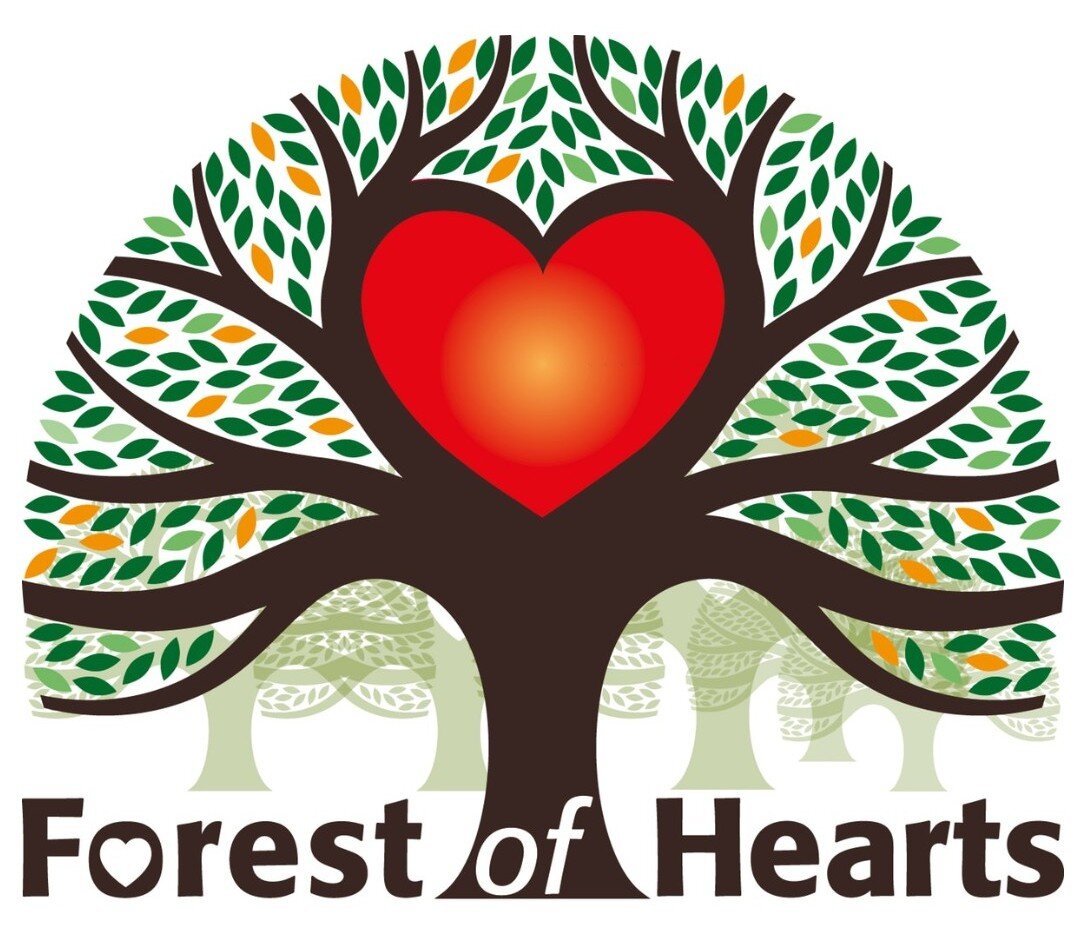February Plant of the Month: Ginkgo Biloba
Common name: Maidenhair tree
Origins
Ginkgo biloba, or the maidenhair tree, is the last living species of the order ginkgoales, which first appeared over 290 million years ago, in the Permian period, on the supercontinent Pangaea.
By the Jurrasic age (around 200 million years ago), these ginkgo trees spread around the earth and formed vast forests for dinosaurs to roam.
The ginkgo biloba species we have now is a living fossil, meaning it is a relative to an ancestral species known only in the fossil record. These fossils suggest that ginkgo biloba is near identical to the ginkgo trees that grew over a 100 million years ago.
The range of the ginkgo trees shrank about two million years ago and the ginkgo biloba was restricted to a small part of China. This is now the only part of the world where ginkgo exists in the wild.
Appearance
Ginkgo biloba trees grow to be large and can be up to 30 metres tall and 15 metres wide.
Their leaves are fan-shaped and green with two lobes (that's where "biloba" comes from). They turn a bright golden yellow for up to two weeks before they fall in the Autumn. Catching a ginkgo leaf before it hits the ground is supposed to bring good luck.
The seeds on female ginkgo trees are covered in a fruit-like outer layer that contains butyric acid and smells like rancid butter when it is overripe.
Ideal Conditions
The ginkgo is incredibly durable. It has deep roots, is resistant to damage and disease, and can employ survival strategies such as creating aerial roots.
Ginkgoales have survived from before the age of dinosaurs through at least two massive extinction events. Nowadays, very old examples of ginkgos survive, such as the Li Jiawan Grand Ginkgo King in Western China, which is thought to have grown for up to 4000 years. Legends from the Tang and Ming dynasties report that this tree can turn into a scholar.
Ginkgos are adaptable to urban environments and tolerant of pollution and confined soil spaces. Six specimens of ginkgo survived the atomic bombing of Hiroshima, less than two kilometres from ground zero. These trees still live there today.
Despite its durability, the vast majority of ginkgo trees now are cultivated, and it is potentially extinct in the wild. It is now on the endangered species list.
Medicinal Properties
The tree has been used for thousands of years within Chinese medicine, and it is also culturally significant within Buddhism and Confucianism (Confucius is said to have taught under a ginkgo tree). Scientific research is yet to verify much of the ginkgo's potential benefits but it is used widely as a supplement to help with memory function and cognitive enhancement.
Ginkgo at the Forest of Hearts
We are planting a ginkgo biloba at the Field of Life, so if any dinosaurs happen to come by, they'll find some familiar food to munch on. Although the ginkgo is not native to the UK, it is possible it was growing here over two million years ago.
Ancient symbols of hope and peace, ginkgos are tolerant of urban pollution and can produce large amounts of oxygen, making them very useful in the fight against climate catastrophe.

